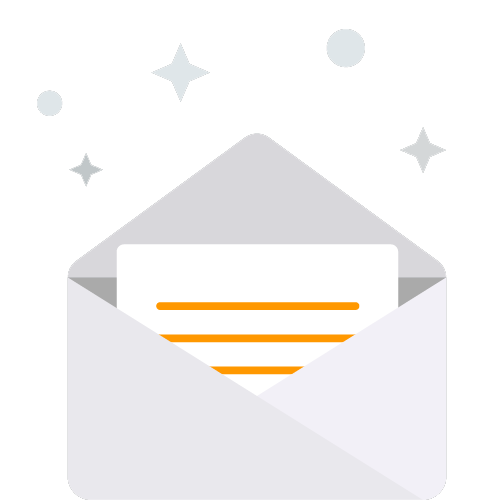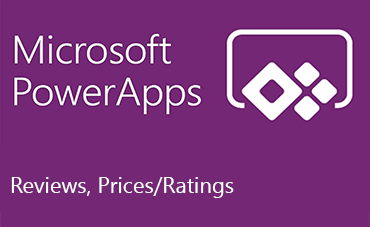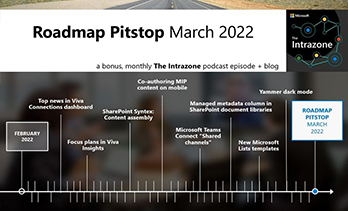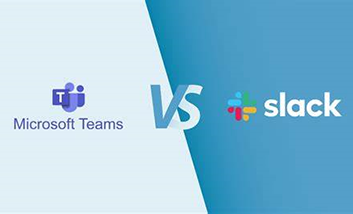Four different models are now supported by AI Builder. Let's examine the 4 AI Models.
Model for form processing
Form processing enables you to develop and apply models that extract data from forms using machine learning technology, thereby minimizing the manual work required to do so.
Model for Text Classification
It enables us to categorize textual components in business documents so that we may use them for tasks like sentiment analysis and spam identification. It permits categorizing the text according to the tags that have been provided to it.
Model for predicting and classifying
Learning to link previous data patterns with historical results, it forecasts yes/no business outcomes. Based on such findings, the prediction model looks for previously discovered patterns in fresh data to forecast future events.
Model for detecting objects
With object detection, we can use photos to train a model such that it can recognize objects from trained images.
Businesses must better integrate technology into their specialized business processes. Modernizing legacy applications and services to cloud-ready and always-on systems is crucial when implementing this shift. Microsoft 365 provides a range of tools and solutions to improve your current services and operations or adjust to new operational trends.
We'll demonstrate the great potential of Microsoft 365 and SharePoint for business process automation.
With the help of Microsoft 365's business process automation features like SharePoint Workflows, Power Automate, and Power Apps, Beyond Intranet has worked with many of its clients to increase business productivity and speed across departments and processes, automating workflows, enabling organizations to provide quick and digitally friendly customer experiences.
Cognitive Intelligence
Microsoft SharePoint is used by more than 190 million users in 200,000 businesses for intranets, team sites, and content management. Although it's a fantastic platform for intranets and websites, users have complained that the search functionality might be improved. SharePoint performs well on its own when used in Microsoft contexts. Otherwise, it becomes quite difficult to retrieve pertinent results as and when they are required. Here we'll go over the main issues customers have with adopting SharePoint intranets and show you how cognitive technology uses AI, ML, and NLP to improve SharePoint's functionality. When SharePoint is used in its default configuration, as many organizations do, it frequently produces the wrong results. There are several causes, such as difficult navigation, a dearth of functionality, and endless hours spent searching through data. However, the following are the pain spots with SharePoint intranet that are most frequently reported:
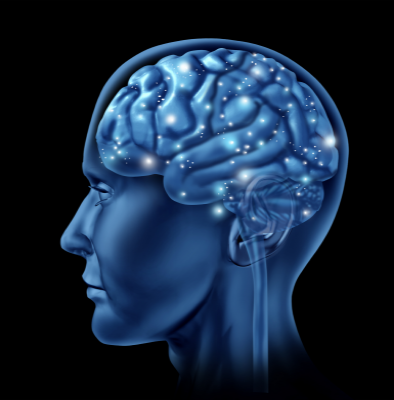
-
 Auto-indexing Capabilities
Auto-indexing Capabilities When searching for information on a SharePoint instance, you can find what is in your search index thanks to auto-indexing capabilities. As a result, SharePoint may not have the necessary content sources indexed, which would explain why you are not getting the intended results. Although it might automatically index your information on Windows SharePoint Services (WSS) or Microsoft Office SharePoint Server (MOSS), the reach of your company content goes beyond either of them. No of the format of the material, it should be automatically indexed both when it is created and when it is updated to ensure search relevancy.
-
 Full-Text Search Capabilities:
Full-Text Search Capabilities: SharePoint's search schema doesn't search the document, photos, reports, or other content; it only looks for information and delivers results. Retrieving any useful information from unstructured data with no metadata is therefore exceedingly difficult. Alternatively, not all of the results within a given document may be highlighted if you configure your SharePoint infrastructure to support full-text search. Because of this, a SharePoint-compatible solution is necessary.
-
 Setting up Custom Tags:
Setting up Custom Tags: We are used to searching by tags or metadata in real-world applications, such as a hashtag on Twitter or Instagram. Users can focus their search results on a certain field by using tags or metadata. SharePoint includes built-in tags like time and file type but by default precludes creating custom tags. To add custom tags, you must configure your SharePoint instance, which is once again a laborious and perplexing process. Perhaps this is the cause of users' propensity to ignore it and jeopardize search relevancy. Results of a Customized Search: SharePoint does not by default offer customized results, yet customization is the new black. Users are consequently disgruntled and disappointed.
-
 How does Cognitive Search promote SharePoint user adoption?
How does Cognitive Search promote SharePoint user adoption? It bears emphasizing that when SharePoint is deployed out-of-the-box, you cannot utilize all of its features. Deliver a better and more effective native search experience by combining it with a clever technology like cognitive search. A strong indexing engine that goes beyond MOSS or WSS is provided by cognitive technology, providing a unified, 360-degree view of the whole company’s knowledge base.

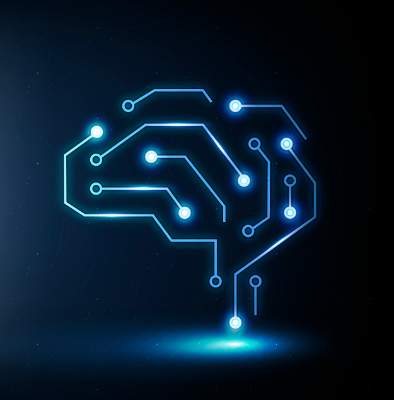
-
 Creating a taxonomy automatically:
Creating a taxonomy automatically: By 2025, 80% of all data will be unstructured, according to a report by IDC. Therefore, a scalable solution that works in conjunction with SharePoint and can get pertinent results as needed is urgently needed. We need a cognitive search engine, and that's exactly what. To make content more meaningful, it extracts entities and enhances them. To automatically categorize and render unstructured material SEO-friendly, it extracts and organizes crucial parts.
-
 Relevance of Personalized Search:
Relevance of Personalized Search: Cognitive search engines use Natural Language Processing (NLP), which is important for identifying user patterns. Additionally, it uses historical data to generate results that go beyond the keywords given in the search box and instead take the query's context and user intent into account. Results are more pertinent the better the user intent is understood.
-
 Search tuning:
Search tuning: Cognitive search solutions provide the most relevant search results while maintaining the highest security criteria set by the sector. They make instantaneous decisions to automatically improve search results and personalize the user interface by utilizing AI and ML. Additionally, they give you the choice to manually adjust your search results to reduce the number of clicks required to obtain the appropriate collateral. Search Analytics: Despite your best efforts, content gaps will eventually appear. After all, the only constant is shifting user behavior. Cognitive technology's search analytics provide you with information on user behavior and the usability of content. You can fill in the content gaps to make your intranet portal the go-to site for all of your employees by making the best use of the data obtained by AI-powered insight engines.

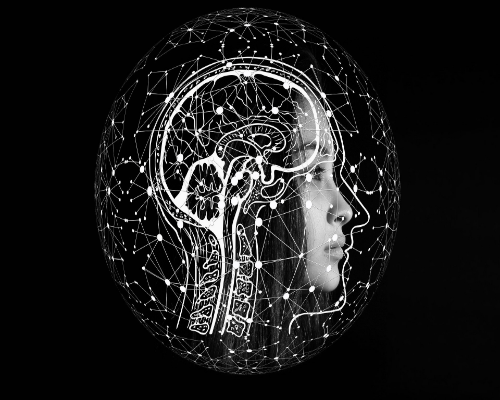
-
 Want to use cognitive technology to increase intranet adoption?
Want to use cognitive technology to increase intranet adoption? The search experience has been abandoned for far too long, even though the intranet continues to advance in sophistication. The obstacles that native search faces can be overcome via cognitive search.
-
 Improved Enterprise Search & Search Intelligence with SharePoint:
Improved Enterprise Search & Search Intelligence with SharePoint: -
Connectivity refers to how systems are connected to SharePoint.
-
Metatags are automatically generated by auto-classification.
-
Document Preview: Features known as Office Web Apps that go beyond OOTB previews (aka OWA).
-
Pre-built Applications: A collection of features that SharePoint OOTB lacks.
-
BOTS
A bot is an application that enables conversational collaboration between users. Bots can communicate informally using text, cards, or speech. A bot could be as simple as an example that coordinates with an action, or it could be a sophisticated weaving of artificial intelligence techniques that follows complex conversational states and integrates with already existing business services.
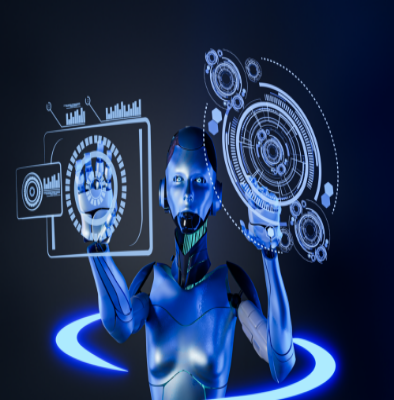
-
 Establishing a web application with the Azure Bot Service
Establishing a web application with the Azure Bot Service The Azure Bot Service offers an integrated environment that is specifically designed for bot creation, which expedites the process of creating a bot. Azure Bot Service enables the quick construction of intelligent bots that are serverless and run on the Microsoft Bot Framework.
-
 Concerning the Bot Framework
Concerning the Bot Framework A framework for creating, connecting, testing, and deploying strong and intelligent bots is called the Bot Framework. This Framework enables you to create bots that support various client interactions. You can program conversations in your bot to flow naturally. Additionally, your bot can have progressively guided interactions where it directs the user's choices or actions. Simple text strings or increasingly elaborate rich cards with text, images, and activity buttons can be used in the chat. SharePoint developers may include natural language capability that enables users to communicate freely and expressively with your bots. The chatbot that books salon appointments is an example provided by our SharePoint development team. The chatbot recognizes the user's intent, offers appointment possibilities with action buttons, shows the user's choice when they tap an appointment, and sends a thumbnail card with the appointment's details after determining the user's pick. Publish a bot in an Azure Web App after registering it on the Microsoft Bot Framework. Having an Azure Web Application is the next step in activating Bot functionalities within the Microsoft SharePoint framework application. Before using the Azure Bot Service, you must have administrative access to your Microsoft Azure subscription.
Want to know more?
To know more about our Modern solution services , please do fill the form in the right side.
Reach US
042156787
info@technomaxsystems.com
